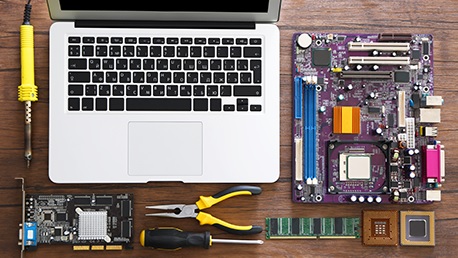3 Action Guide to Picking the Right Disaster Recovery Solution
Whether it's a ransomware attack, a natural catastrophe, or corruption of a client's database, you wish to make certain that your service's IT system can recover. Having an organization connection and catastrophe recovery (BCDR) plan is essential. There are a wide variety of BCDR services (on-premise, hybrid, or cloud-based), and it's important to select the very best one for your organization needs. Here's what you should be looking out for when evaluating your next BCDR option.
Find the Right Business Continuity/Disaster Recovery Solution in 3 Steps:
1. Examine BCDR and DRaaS Solutions
Among the greatest factors when choosing a BCDR option is identifying whether you'll outsource support or handle it internally. If you intend on contracting out support, you'll need to partner with a handled companies (MSP) that is proficient in continuity and compliance options. Considering that numerous BCDR options combine cloud, software, and hardware components - you'll need a process to support your virtual properties, local servers and desktops. BCDR hardware has numerous purposes including:

Hosting BCDR software application
Sending server images to the cloud for disaster recovery
Keeping regional copies of backup server images for routine restores

BCDR software application is used to automate and manage backup and healing procedures. After a preliminary complete server backup, BCDR software takes incremental pictures to produce "healing points" or point-in-time server images. Healing points are utilized to bring back the state of a server or workstation to a particular point in time (prior to it stopped working or data was corrupted).
2. Look For BCDR Cloud Options
The very best BCDR services have a cloud backup as well as a healing element. This is because the cloud serves 2 functions in a BCDR solution. The very first is to offer offsite storage area for server and workstation images used for brings back. The second is to take over vital operations when a failover takes on site support place.
Backups can be stored locally - on a device or backup server in your information center - or from another location, in the cloud. For BCDR, it's best to keep copies of your backups in both locations. Simply put, if it's not possible to bring back a system locally, you can failover to the cloud. Your option needs to deal with a variety of data repair scenarios, ranging from bring back a few lost files to recovering from a total server failure or the destruction of numerous servers and PCs. Bring back from local backups is faster, while the choice of stopping working over to the cloud provides you ultimate protection against worst-case circumstances.
3. Address Security and Compliance Frameworks
A BCDR must deal with ransomware detection, point-in-time rollback capabilities, and information immutability. It's essential to look for BCDR options that adhere to Service Organization Control (SOC 1/ SSAE 16 and SOC 2 Type II) reporting requirements and function two-factor authentication. This can help secure your information and decrease the need for manual intervention. If you wish to learn how to keep your organization healthy and secure, connect to us for a complimentary IT consultation.